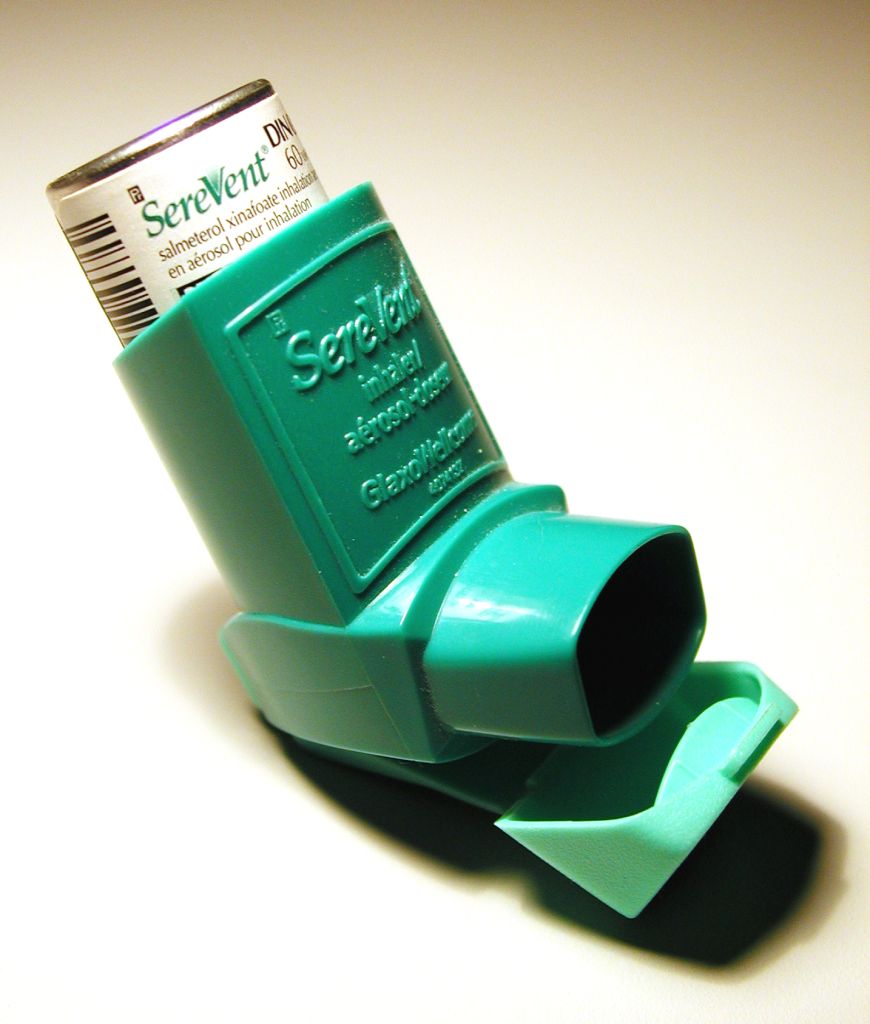| name | Salmeterol |
| Classification | Long-acting beta2-agonist bronchodilator |
| Pharmacokinetics | Salmeterol is a long-acting bronchodilator that is primarily metabolized in the liver. It has a relatively slow onset of action (compared to short-acting bronchodilators), but provides bronchodilation for up to 12 hours. It is extensively bound to plasma proteins. Elimination half-life varies. |
| suggested dosage | | adult | | general | Salmeterol should only be used in combination with an inhaled corticosteroid (ICS) for maintenance therapy. The dosage and form are determined by the specific product and should be guided by a healthcare provider. | | example combination | Salmeterol 50 mcg twice daily in combination with a fluticasone propionate 250 mcg twice daily |
| | specific patient notes | Dosage will vary based on individual patient response and severity of asthma or COPD. This information does not provide a tailored dosage recommendation and is not a substitute for professional medical advice. |
|
| indications | Salmeterol is used as a long-term maintenance treatment for patients with asthma and chronic obstructive pulmonary disease (COPD) to prevent bronchospasm. It is generally used in combination with an inhaled corticosteroid. |
| Safety in pregnancy | Salmeterol use during pregnancy should be carefully considered and discussed with a healthcare provider. While animal studies may not indicate a risk, there's limited human data and possible risks to the developing fetus warrant caution. |
| Safety in breastfeeding | It is unknown whether salmeterol is excreted into human breast milk. A decision on breastfeeding while using this medication should be made by a healthcare provider, weighing the benefits of breastfeeding against the potential risks to the infant. |
| side effects | | 1 | Tremor (often a dose-related side effect) | | 2 | Headache | | 3 | Anxiety | | 4 | Palpitations | | 5 | Nervousness | | 6 | Increased heart rate | | 7 | Dry mouth | | 8 | Muscle cramps | | 9 | Insomnia | | 10 | Abdominal pain | | 11 | Nausea | | 12 | Diarrhea | | 13 | Urinary tract infection |
|
| alternatives | |
| contraindications | Patients with hypersensitivity to salmeterol or any of the inactive ingredients. |
| interactions | | 1 | Using salmeterol with other medications that affect the heart rate or blood pressure should be evaluated by a physician | | 2 | Avoid using MAOI (monoamine oxidase inhibitors) with this medication. Consult with a physician to manage any existing conditions related to concurrent medications |
|
| warnings and precautions | Salmeterol should not be used to treat an acute asthma attack or COPD exacerbation. Use with caution in patients with cardiovascular disease or other significant medical conditions, as it can affect heart rate and blood pressure. |
| additional informations | | 1 | Salmeterol, by itself, does not reduce inflammation in the lungs. It should always be used in combination with an inhaled corticosteroid (ICS) as long-term prevention. Use only as directed and consult with your physician. | | 2 | Salmeterol should not be used as a rescue medication. | | 3 | Dosage must be tailored by a qualified healthcare professional based on individual patient needs |
|
| patient specific notes | The information provided here should not be taken as a substitute for professional medical advice. A healthcare provider will be able to determine the most appropriate dosage for a male patient aged 25 and weighing 70 kg, taking into account the specific clinical picture. |

